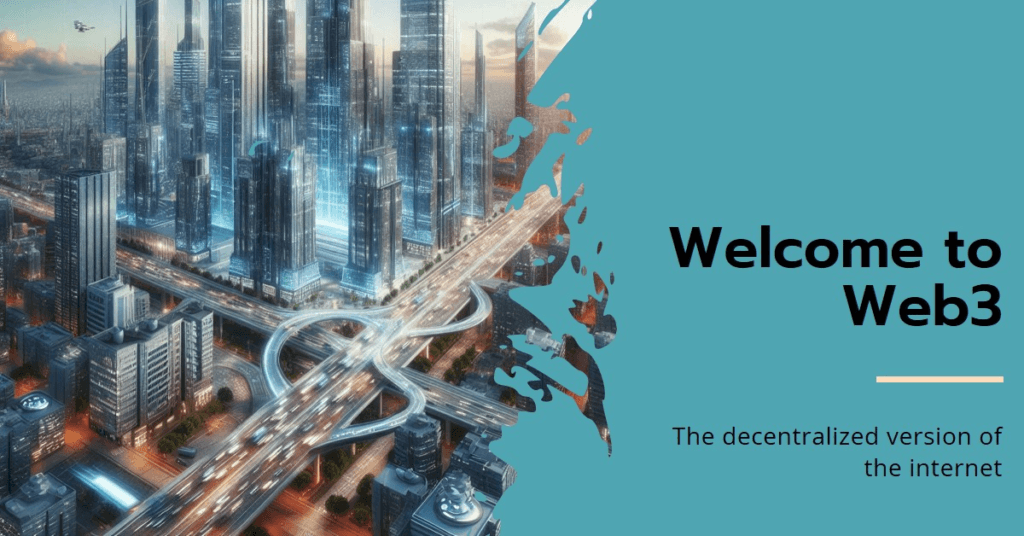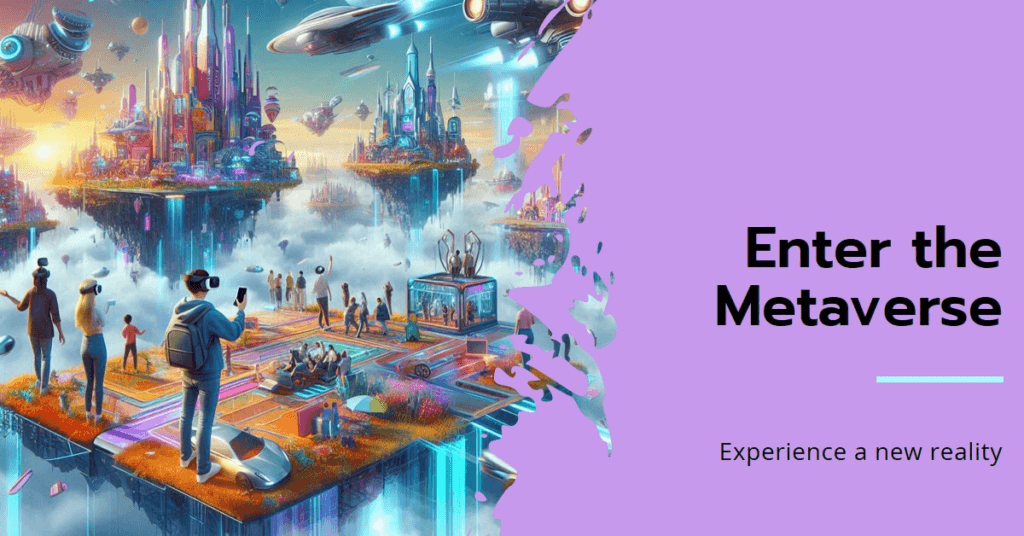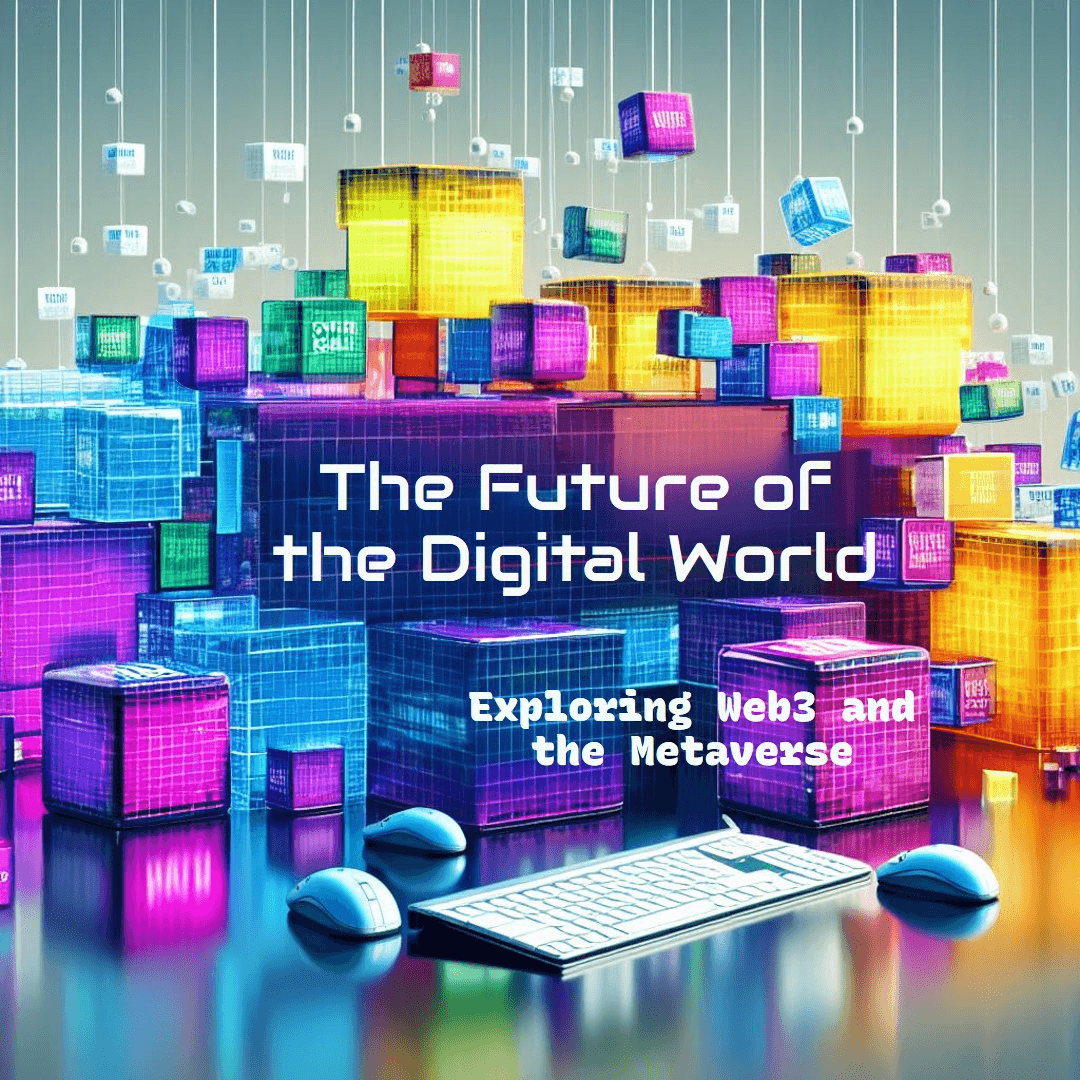The digital world is evolving rapidly, with two of the most talked-about innovations being Web3 and Metaverse. These concepts are not just buzzwords; they represent a fundamental shift in how we interact with the internet and virtual environments. Understanding what they are and how they relate to each other is essential for anyone interested in the future of technology.
What is Web3?

Web3, or the third generation of the web, is a decentralized version of the internet that operates on blockchain technology. Unlike Web2, where data and content are controlled by centralized entities (like Google, Facebook, and Amazon), Web3 aims to distribute control across a network of users.
Key Features of Web3:
- Decentralization: Data is stored on a blockchain, removing the need for centralized servers. This enhances security, transparency, and user control.
- Ownership: Users own their data and digital assets, which can be transferred across different platforms and applications.
- Smart Contracts: These are self-executing contracts with the terms of the agreement directly written into code. They facilitate, verify, and enforce transactions without intermediaries.
- Cryptocurrencies: Web3 is closely tied to digital currencies like Bitcoin and Ethereum, which are used for transactions and incentivizing network participants.
Web3 promises a more open, transparent, and user-centric internet, where individuals have greater control over their online experiences.
What is the Metaverse?

The Metaverse is a collective virtual shared space that merges physical and digital realities. It is an immersive, interactive environment where users can socialize, play, work, and even conduct business using avatars and digital identities.
Key Features of the Metaverse:
- Immersion: The Metaverse offers a highly immersive experience, often through virtual reality (VR) or augmented reality (AR) technologies.
- Interoperability: Digital assets, avatars, and experiences can move across different platforms within the Metaverse, creating a seamless experience.
- Persistence: The Metaverse exists in real-time and continues to operate even when users are not online. Changes made in the Metaverse are permanent and affect the virtual world continuously.
- Economy: The Metaverse has its economy, where users can buy, sell, and trade virtual goods and services, often using cryptocurrencies.
The Metaverse is not a single platform but rather a collection of virtual worlds and experiences that can be accessed from anywhere, blurring the lines between the physical and digital.
How Web3 and the Metaverse Intersect
While Web3 and the Metaverse are distinct concepts, they are closely intertwined. Web3 provides the technological backbone for the Metaverse, offering a decentralized infrastructure that supports the creation and maintenance of virtual environments.
1. Ownership and Control:
- In the Metaverse, Web3 allows users to truly own digital assets, such as virtual real estate, clothing for avatars, or even entire businesses. These assets are stored on a blockchain, ensuring that ownership is secure and verifiable.
2. Economy:
- Web3’s cryptocurrency and smart contract capabilities enable a robust economy within the Metaverse. Users can buy and sell goods, create businesses, and enter into contracts, all without the need for intermediaries.
3. Interoperability:
- The decentralized nature of Web3 facilitates the interoperability of assets across different Metaverse platforms. For example, an item bought in one virtual world can be used in another, thanks to the shared standards and protocols enabled by Web3.
4. User-Centric Governance:
- Web3 empowers users to participate in the governance of the Metaverse. Through decentralized autonomous organizations (DAOs), users can vote on changes, updates, and policies within the virtual world, ensuring that the community has a say in its direction.
Challenges and Considerations
While Web3 and the Metaverse hold immense potential, they are still in their early stages, and several challenges need to be addressed:
- Scalability: The current blockchain technology powering Web3 needs to be scaled to handle the vast amount of data and transactions in the Metaverse.
- Interoperability: Achieving true interoperability between different platforms and virtual worlds is complex and requires widespread adoption of shared standards.
- Regulation: The decentralized nature of Web3 and the Metaverse raises questions about regulation, particularly concerning data privacy, security, and digital identity.
- Access and Inclusivity: Ensuring that the Metaverse is accessible to everyone, regardless of economic status or geographical location, is crucial to prevent a digital divide.
Conclusion
Web3 and the Metaverse are set to revolutionize the way we interact with the internet and each other. By combining the decentralized power of Web3 with the immersive possibilities of the Metaverse, we are on the brink of a new digital era where users have unprecedented control, ownership, and opportunities. As these technologies continue to develop, they will reshape industries, economies, and social interactions, creating a future that is both exciting and challenging.
Embracing these changes and understanding their implications is essential for anyone looking to thrive in the digital world of tomorrow.
#epicinfinite #epicarticle #epicblog
What are your thoughts? Share them in the comments below.











Muchas gracias. ?Como puedo iniciar sesion?
Gracias a ti! Actualmente, nuestro sitio web no ofrece opciones de inicio de sesión. Puedes acceder a todo el contenido sin necesidad de una cuenta.